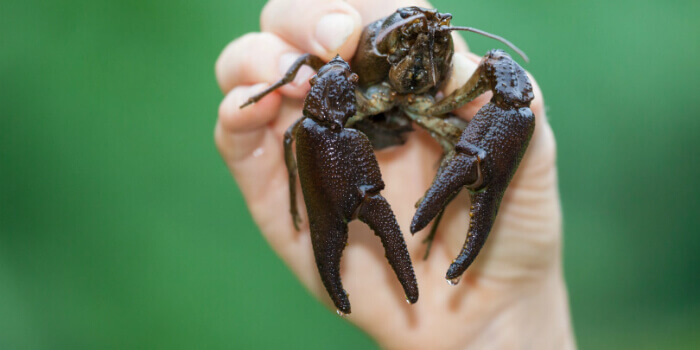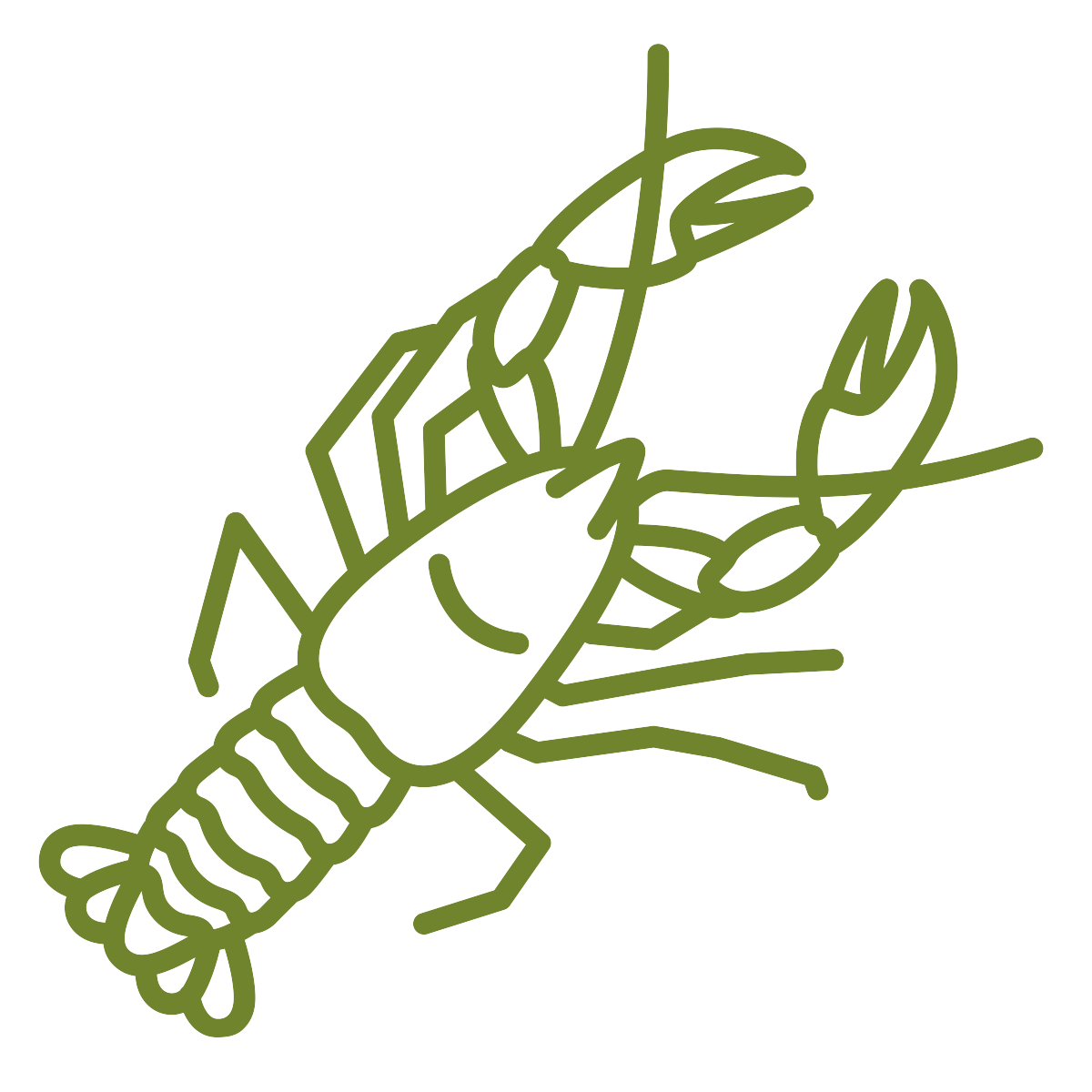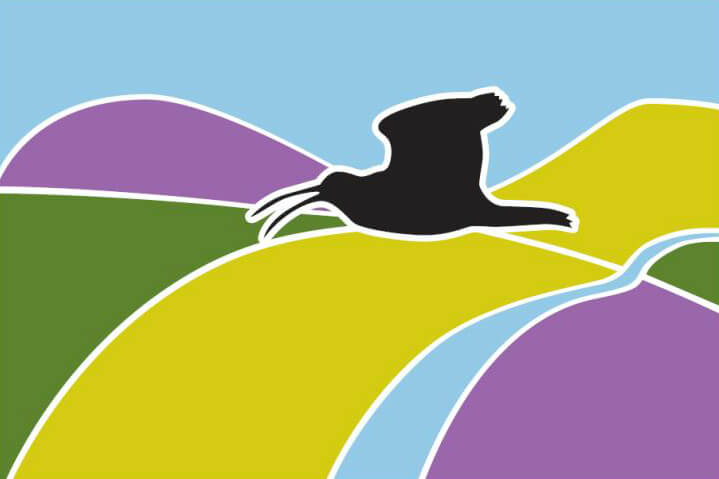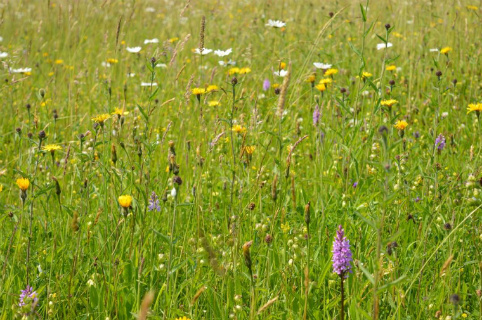This is an archived website, available until June 2027. We hope it will inspire people to continue to care for and protect the South West Peak area and other landscapes. Although the South West Peak Landscape Partnership ended in June 2022, the area is within the Peak District National Park. Enquiries can be made to customer.service@peakdistrict.gov.uk
The 5-year South West Peak Landscape Partnership, 2017-2022, was funded by the National Lottery Heritage Fund.
![]() Crayfish in Crisis
Crayfish in Crisis
Project summary
The white-clawed crayfish is one of the UK’s largest freshwater invertebrates and an important part of our water ecosystem. Yet, this often invisible and largely defenceless species is globally endangered due to non-native competitors and widespread habitat loss.
In the South West Peak, before the project, crayfish had started to isolate themselves in small headwaters and in still ponds which offered some protection from the North American Signal crayfish and their diseases. But these small, endangered creatures needed help and the South West Peak Landscape Partnership and the Staffordshire Wildlife Trust had a plan.
The South West Peak is an ideal location for the crayfish to recover their numbers. The area has numerous isolated streams and ponds dotting the landscape where crayfish can take refuge and ensure their survival long into the future.
With the leadership of the Staffordshire Wildlife Trust, our project surveyed and monitored crayfish populations and identified the best sites for white-clawed crayfish to live. These protected and isolated locations were then populated with crayfish from donor populations so that these endangered, native invertebrates could recover their numbers naturally in a location free from invasive crayfish and the diseases that they spread.
To learn more about how this project helped white-clawed crayfish, watch this video.
What we did
- Surveyed the populations of endangered White-Clawed Crayfish
- Identified 7 ideal locations for new crayfish homes or 'ark sites' and re-introduced over 5,500 crayfish to the area
- Interpreted the challenges faced by these small creatures to visitors and river users
- Coordinated assisted migrations of over 5000 crayfish into suitable areas
- Trained local volunteers to monitor and help crayfish survive long into the future
More
Learn more about the White-clawed Crayfish and how you can help save their home!

Jelly-o jujubes chocolate cake caramels toffee dragée cake. Croissant chocolate cake halvah pastry sweet roll chocolate cake cake. Marshmallow brownie.

Jelly-o jujubes chocolate cake caramels toffee dragée cake. Croissant chocolate cake halvah pastry sweet roll chocolate cake cake. Marshmallow brownie.
Related articles

Discovering Grassland Fungi Training
The Cheshire hills are home to communities of fungal species which are grassland specialists. These communities can be valuable indicators of ancient grassland. Also, like their grassland habitat, they are threatened by improvement, disturbance, or cessation of management.

Christmas Newsletter
The Cheshire hills are home to communities of fungal species which are grassland specialists. These communities can be valuable indicators of ancient grassland. Also, like their grassland habitat, they are threatened by improvement, disturbance, or cessation of management.








